
Mothers with their children have been photographed from the epicentre of the crippling drought in Southern Somalia, with one explaining how her young family has been forced to survive on tea with some sugar in it as their main meal of the day.
The powerful series has been newly released by The Independent to illustrate the devastating impact of the crisis as World Hunger Day approaches and Oxfam calls on the G7 to take “life-saving action” over famine in East Africa ahead of the summit on Friday.
The award-winning photographer Fredrik Lerneryd has captured mothers with their children, suffering from extreme hunger and malnutrition-induced sickness, after five consecutive failed rainy seasons have put food out of reach for millions of people.
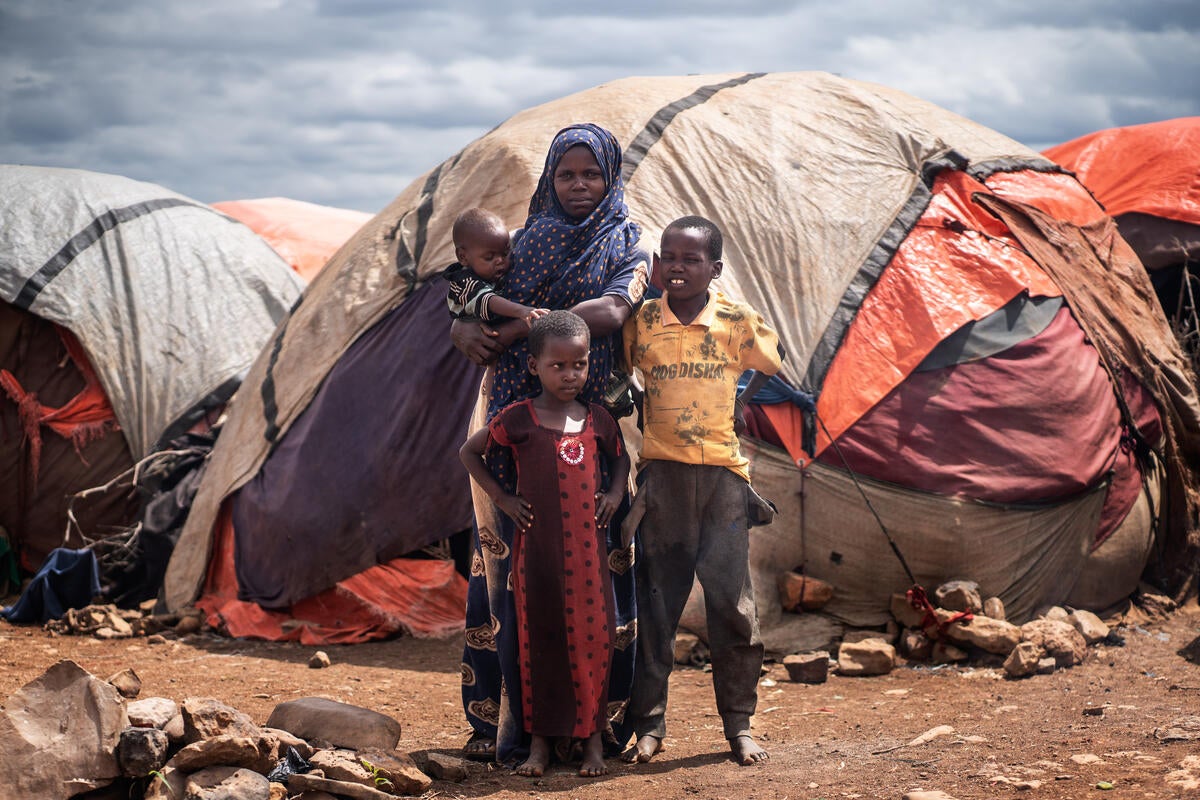
Sokorey* has been living in a temporary camp with her three children for more than five months. She used to have livestock, which helped to feed her family, but they died due to the drought - so she now makes tea with some sugar in it as their main meal of the day.
She said: “We left our home because of hunger. We had nothing to eat. We had cows and goats, which we would milk and sell at the market. They are all dead. They died of hunger.”
Said Mohamud Isse, a Save the Children aid worker in Somalia, said families have frequently told him they will have a cup of tea or plain rice as their only meal of the day.
According to the UN in February, “Somalia is in the midst of the longest and most severe drought in its history”. The situation remains critical and famine remains a strong possibility through June.
The worsening drought, combined with protracted conflict and high commodity prices due to the war in Ukraine, has resulted in an estimated 8.25 million people - nearly half the population - requiring immediate lifesaving aid and protection.
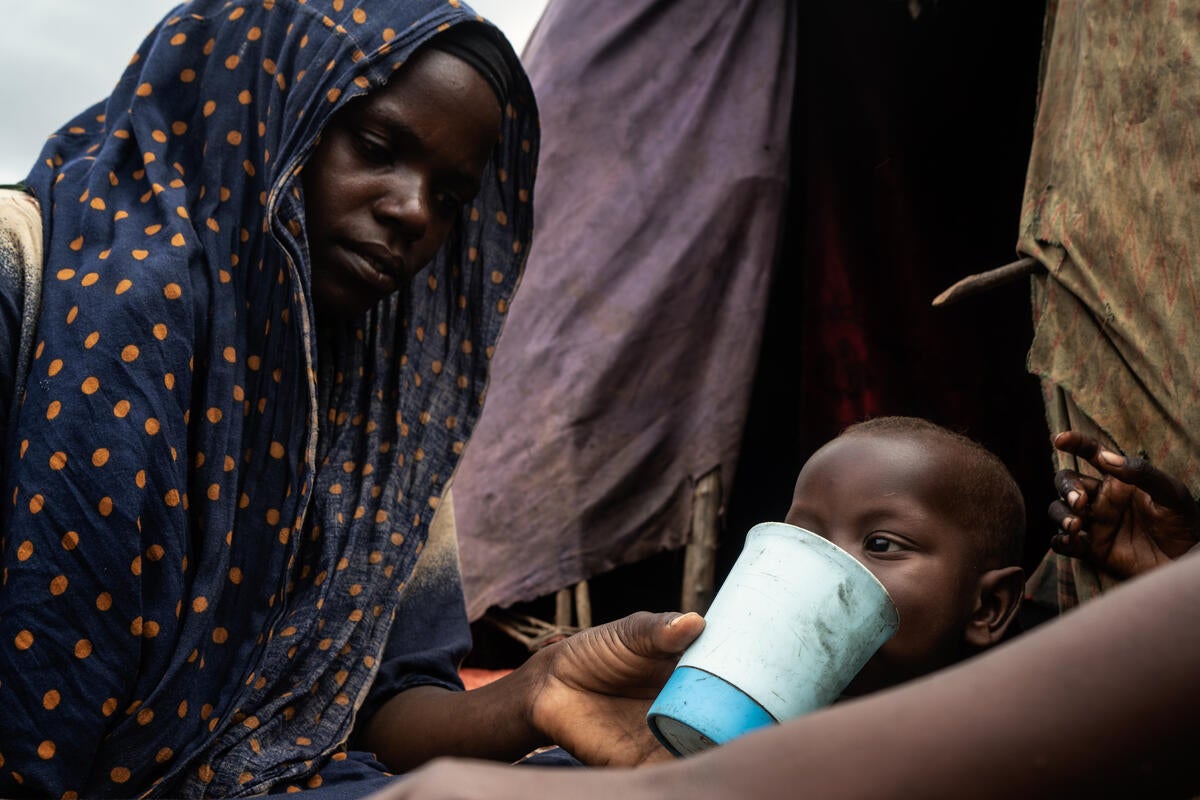
A report by the Somalia government’s minister of health estimated 43,000 excess deaths could have occurred in the country last year due to the ongoing drought.
Mother-of-three Naima* was photographed sitting with her baby daughter, Najma*, in a stabilisation centre in Baidoa. The pair moved to the city in search of medical treatment and food, as Najma* was suffering from malnutrition-induced sickness and diarrhoea.
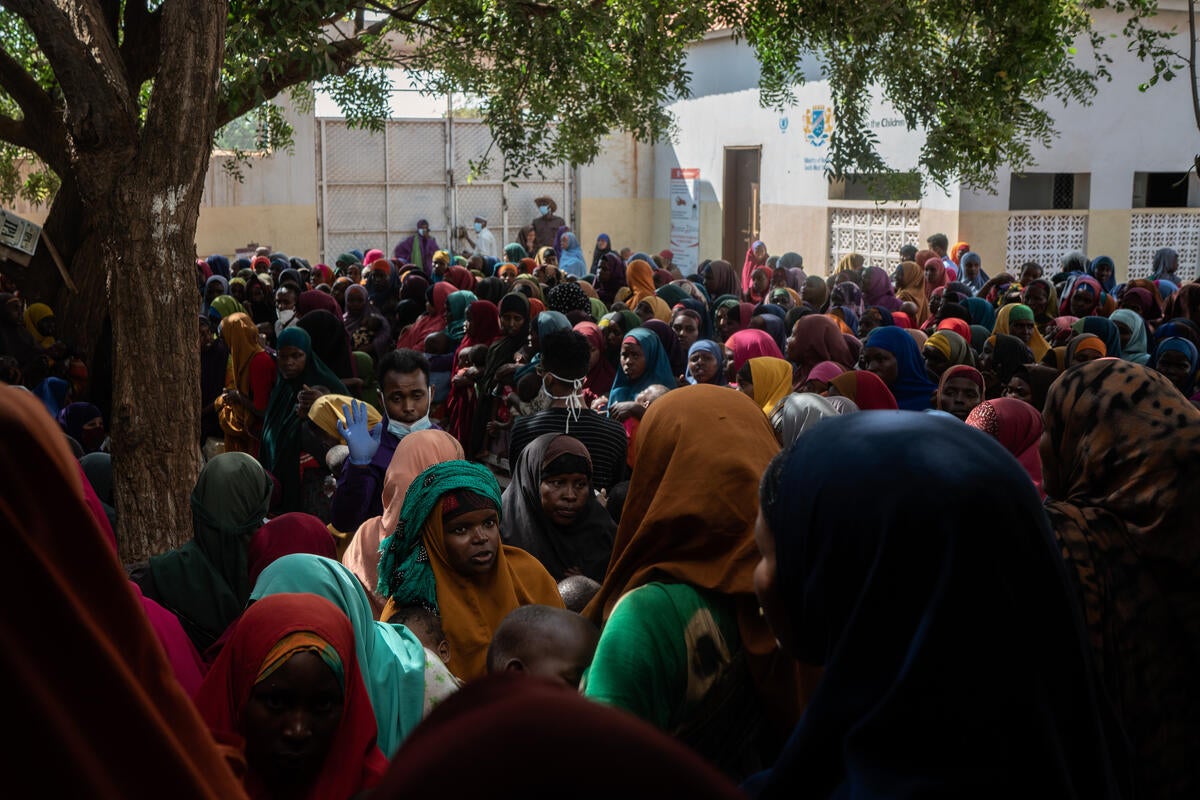
Naima* spoke about how the drought is impacting her whole community and threatening children’s lives due to waterborne diseases like cholera, and sickness born from extreme hunger.
“Sickness brought me here,” she said. “I came here because my child had bad diarrhoea and was vomiting. Life is all about having something to eat. Lack of rain for us meant there was too much heat, sickness, diseases, everything. The waters were foul-tasting and dirty, they caused an outbreak of cholera.”
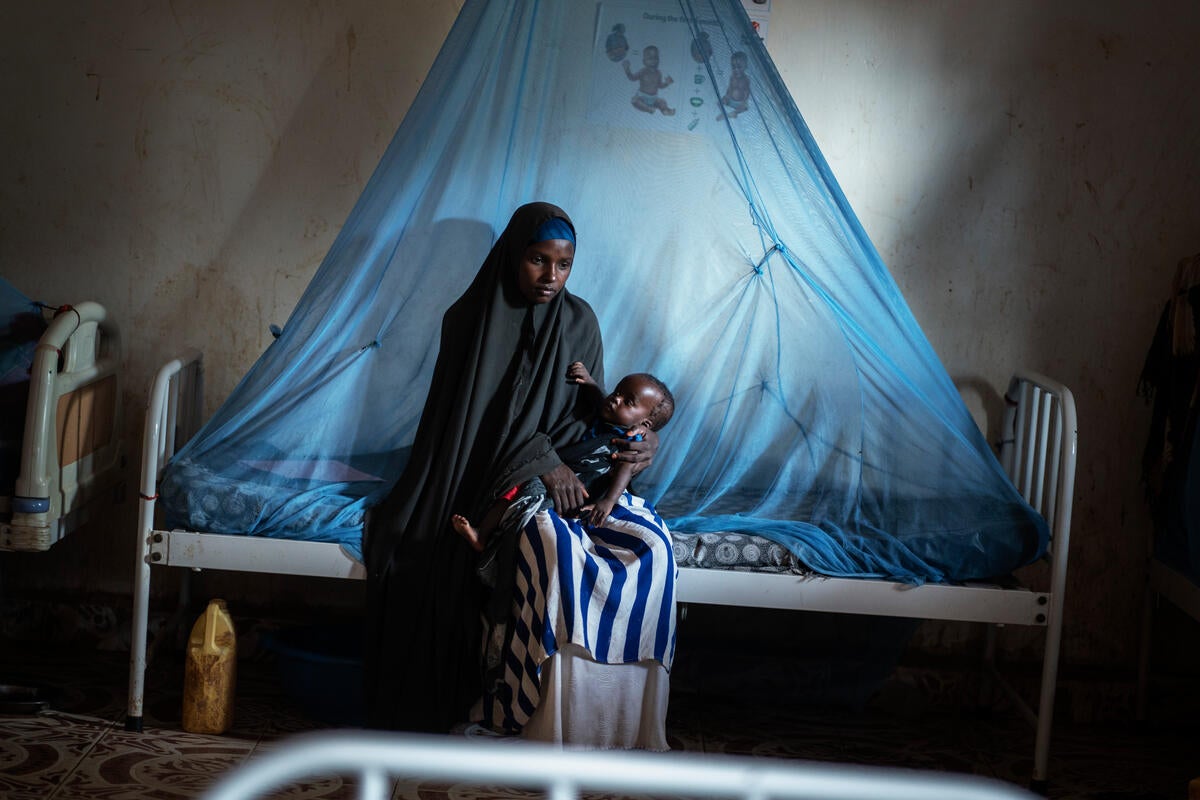
Mr Isse has been to Baidoa roughly 15 times since March last year, when he said the humanitarian crisis was at its peak, and plans to next go in early August. He described an influx of desperate and displaced people still flooding there daily because humanitarian organisations are able to provide aid from the relatively safe city.
Estimating that people will need up to four strong rainy seasons to fully recover, the 32-year-old said: “People do not know how it will develop and how it will end. It’s really very sad. As a person who came to support them, when you see the magnitude of the crisis and the little support they’re getting, you feel the situation is so desperate and you feel like ‘what can I do’ and then you don’t have the answer.”
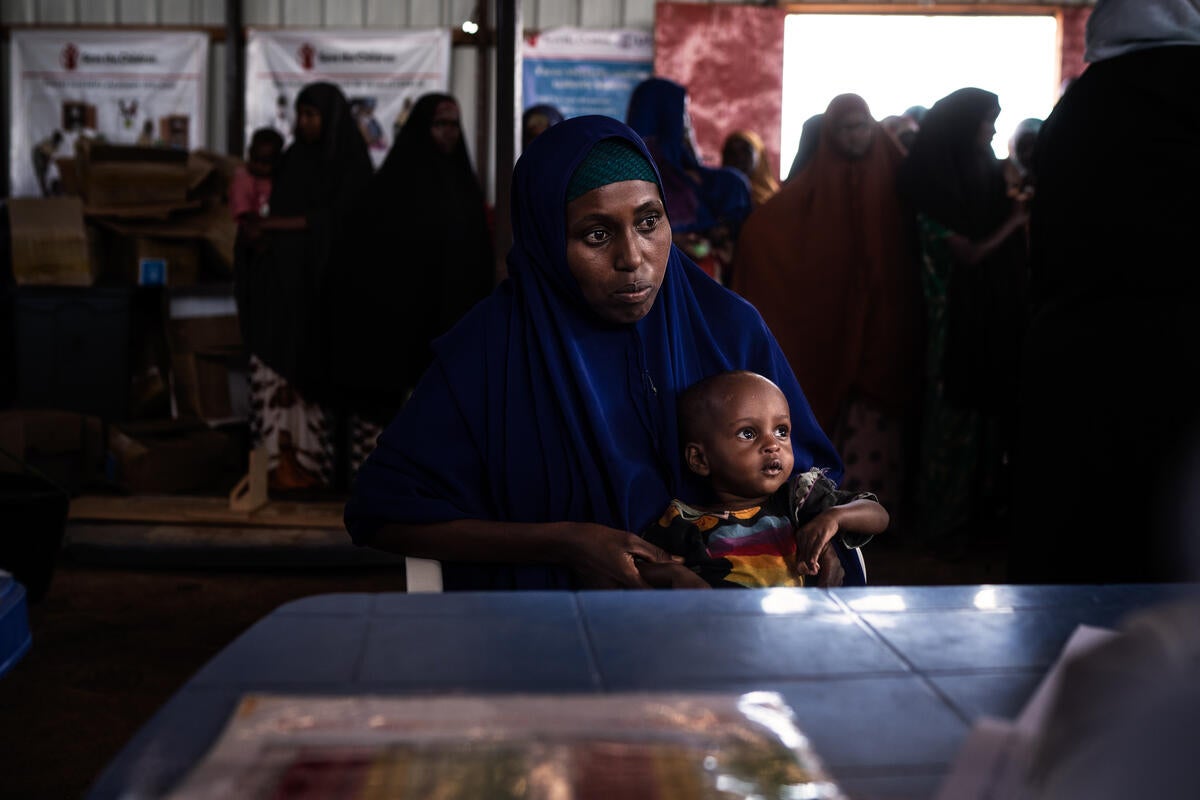
He primarily blamed climate change for the increased frequency and severity of drought in the country. He said, “Somalia is a very small country and is contributing very little to climate change but is paying the heaviest price.” He, therefore, called for the international community to take collective responsibility for the crisis there.
Campaigners protested in Trafalgar Square ahead of the G7 summit in Japan, with Oxfam slamming its leaders as “failing to live up to their commitments”.
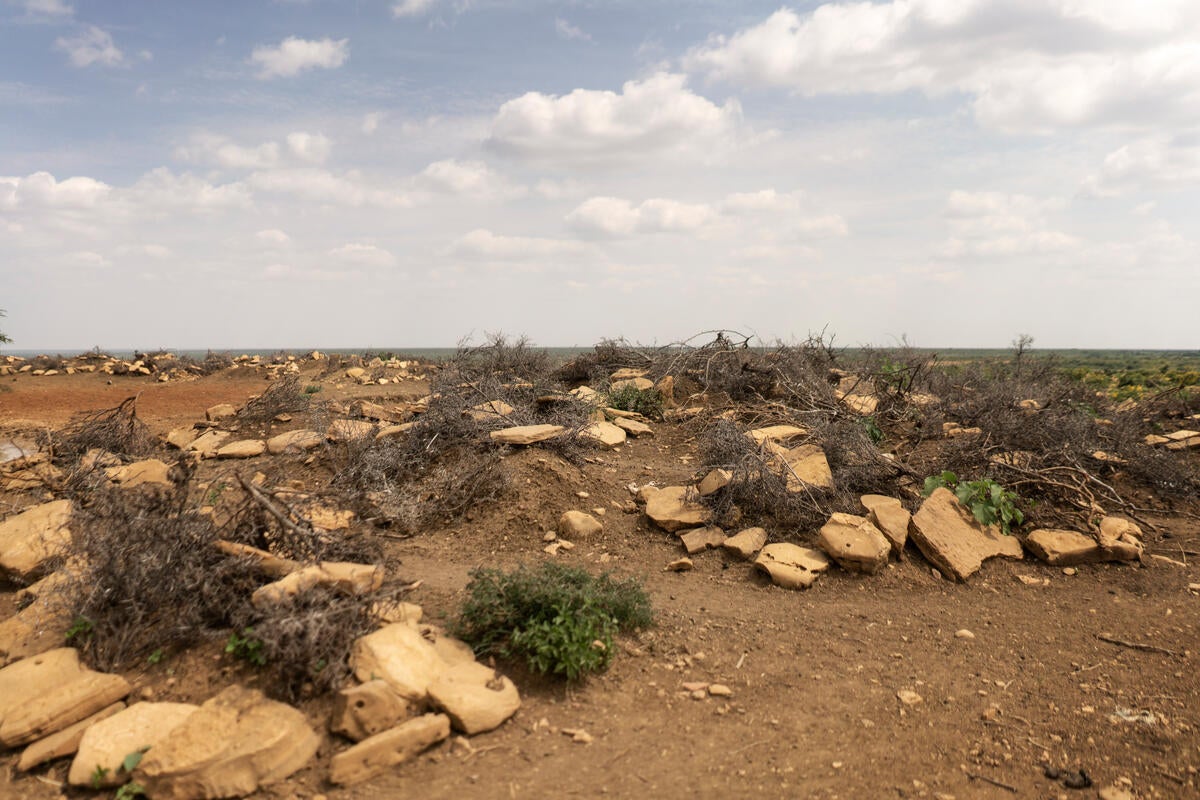
Climate-induced drought in East Africa, covering Ethiopia, Somalia, Kenya and South Sudan, has left 36 million people facing severe hunger, the charity warned.
Conflict and high food prices have intensified the emergency in the region, with an estimated 85,000 people in South Sudan and Somalia on the brink of famine, according to Oxfam.
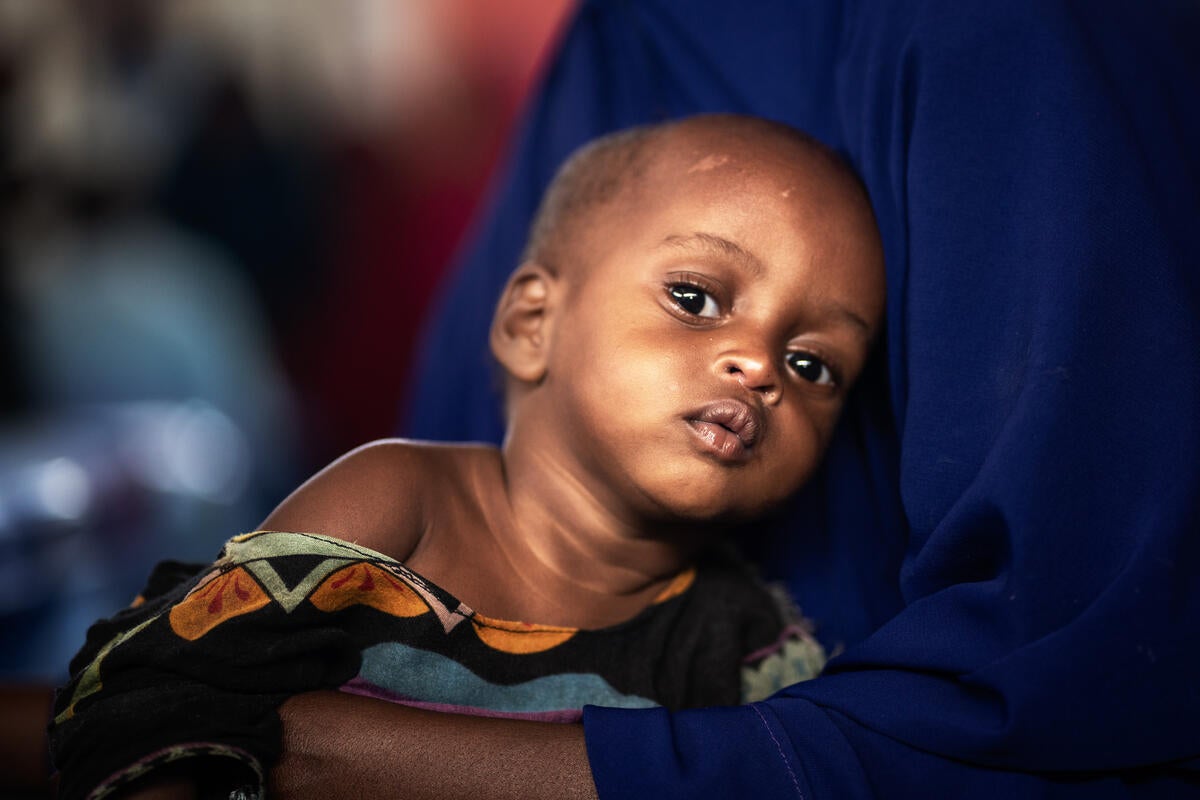
It is estimated that one person is likely to die every 28 seconds as a result of malnutrition in Ethiopia, Somalia, Kenya and South Sudan, based on data from the Integrated Food Security Phase Classification (IPC).
Saydico* was captured, having been forced to leave her home and her husband due to drought and hunger. The mother-of-three now lives with her young family in a makeshift canvas tent in a camp for internally displaced people.
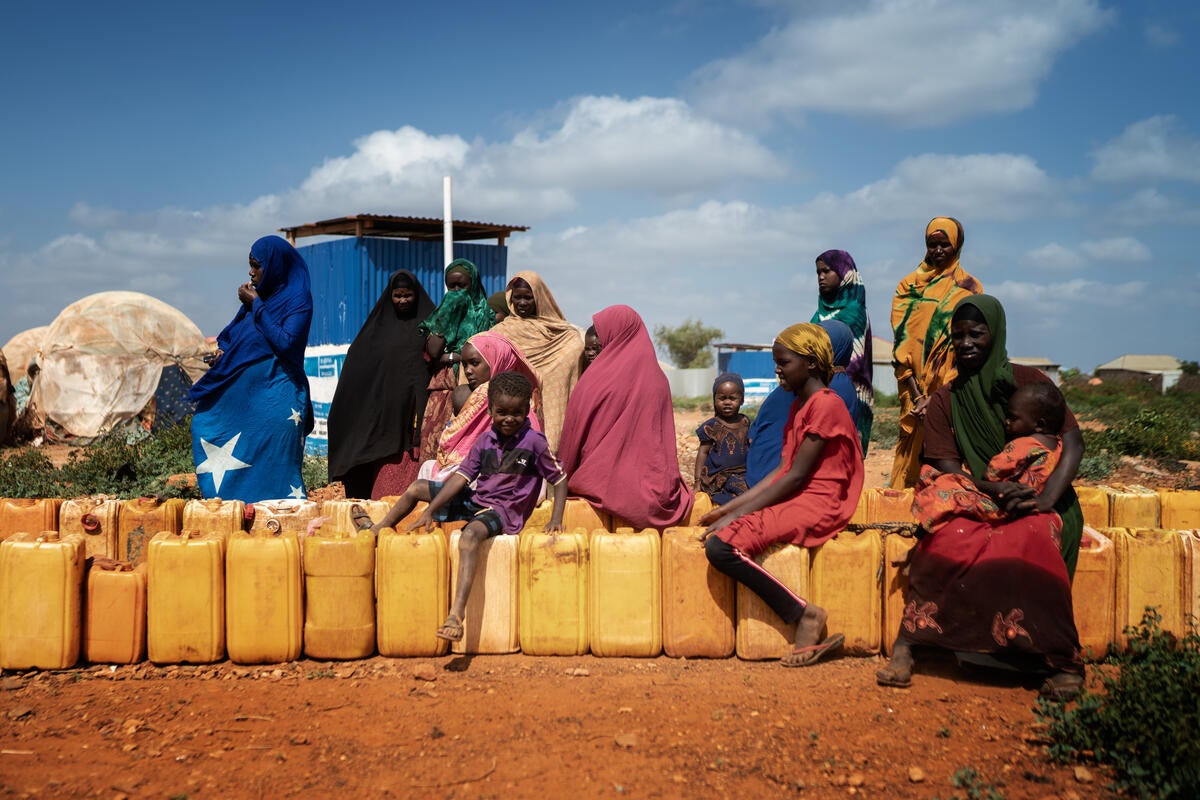
The 27-year-old said: “It has been two years and months without rain. I fled from my area due to hunger and drought. I've been here for six months. My daughter was sick with cold and fever. Before now, my little girl has never had any food, not anything.”
*Names have been changed for safety reasons







